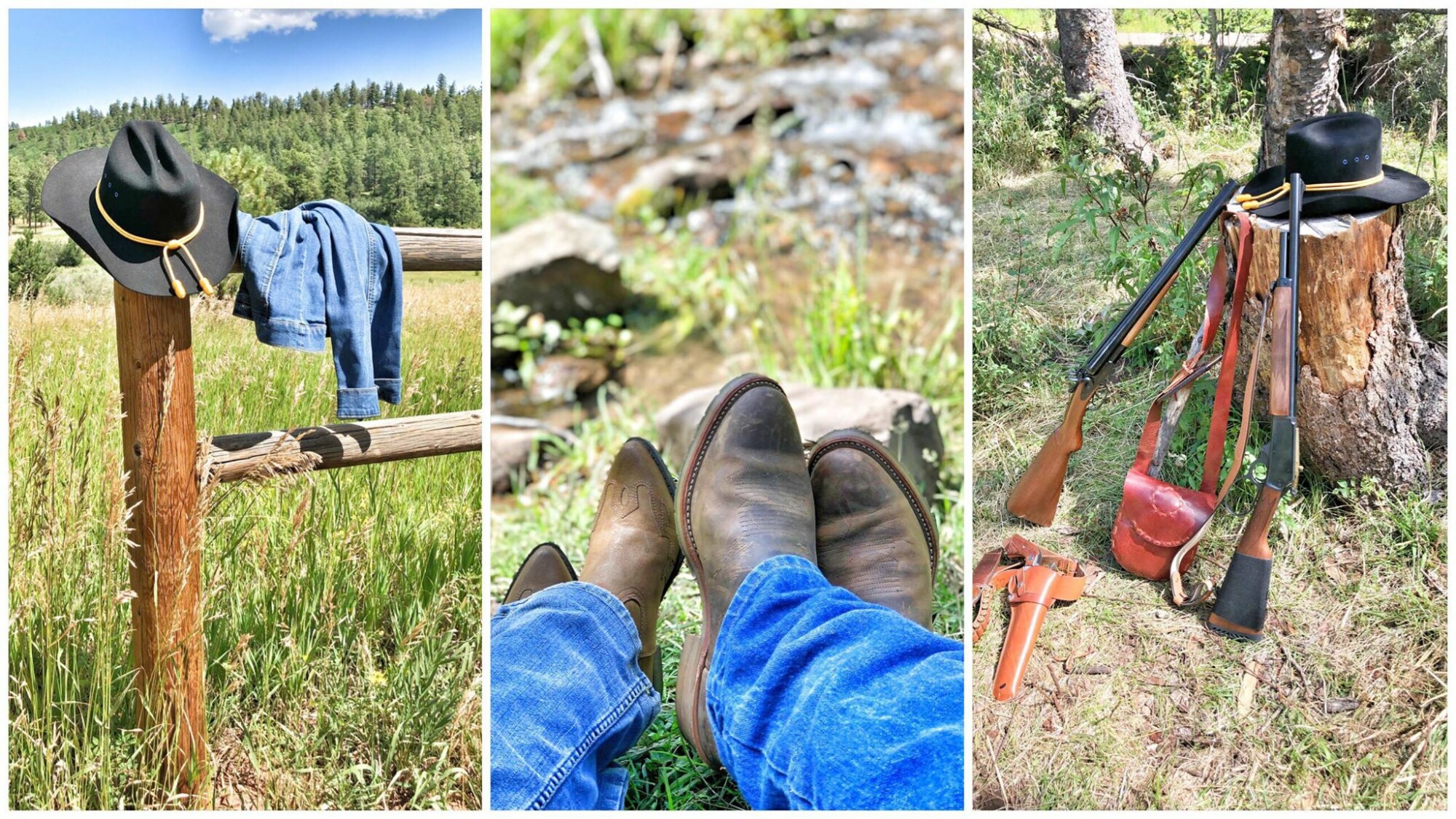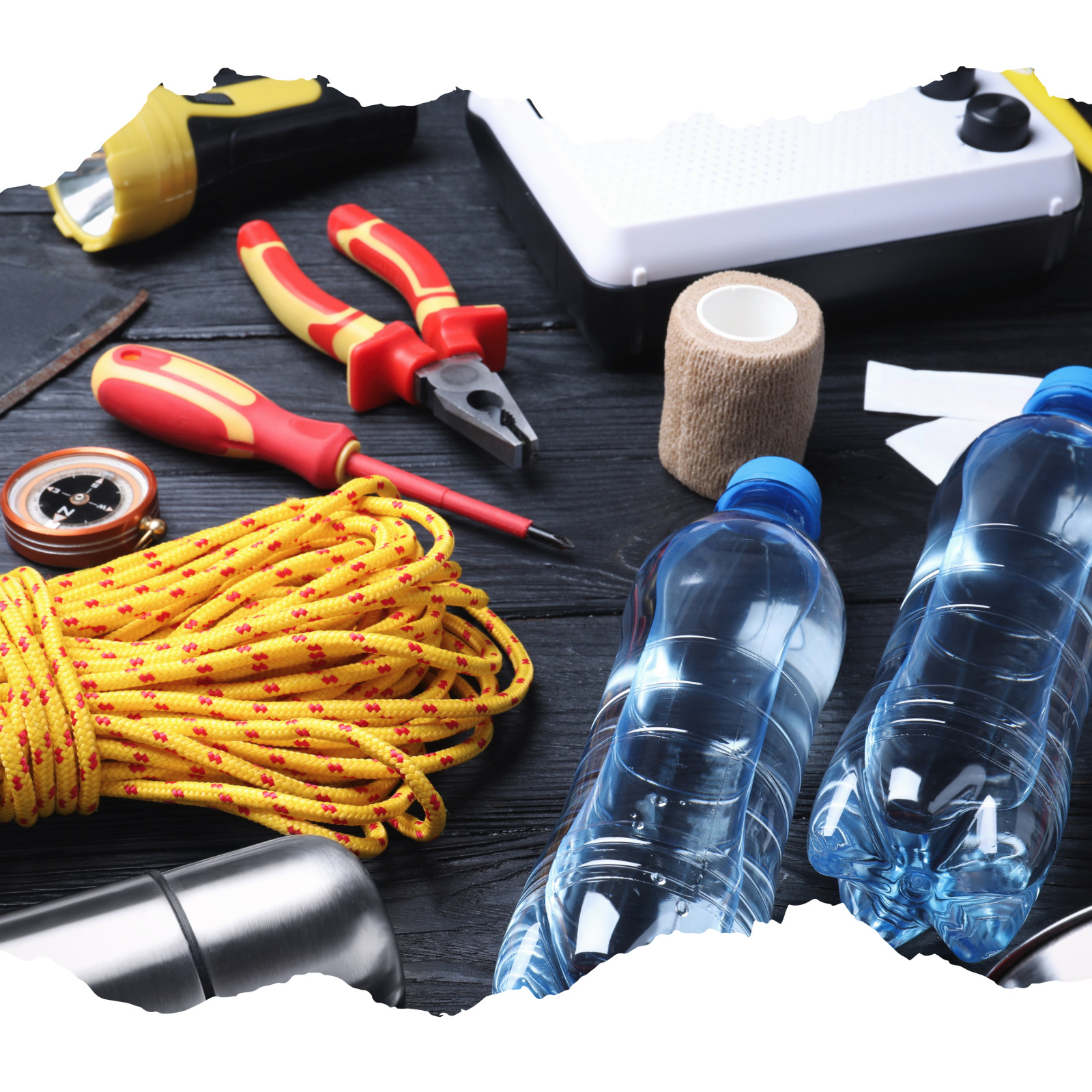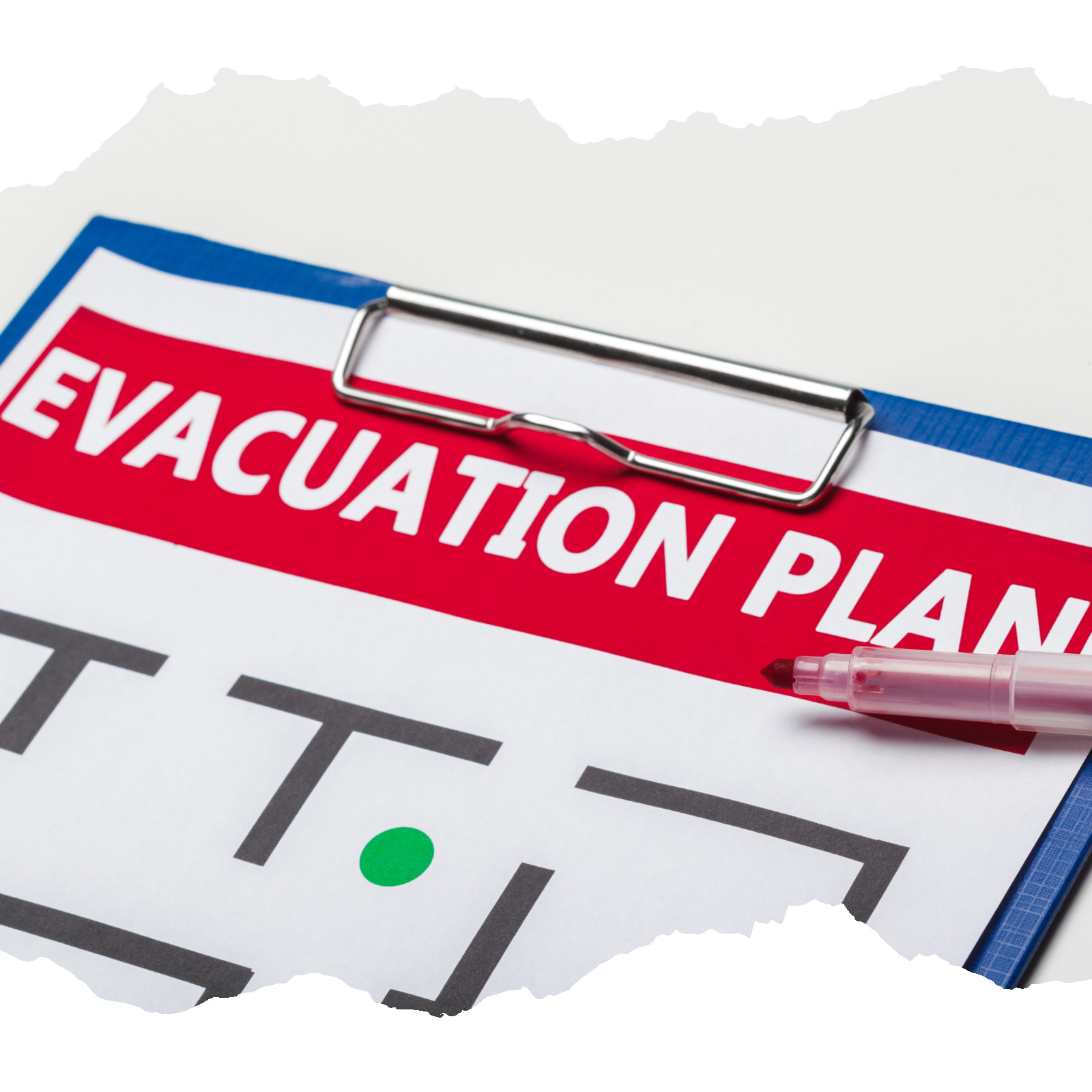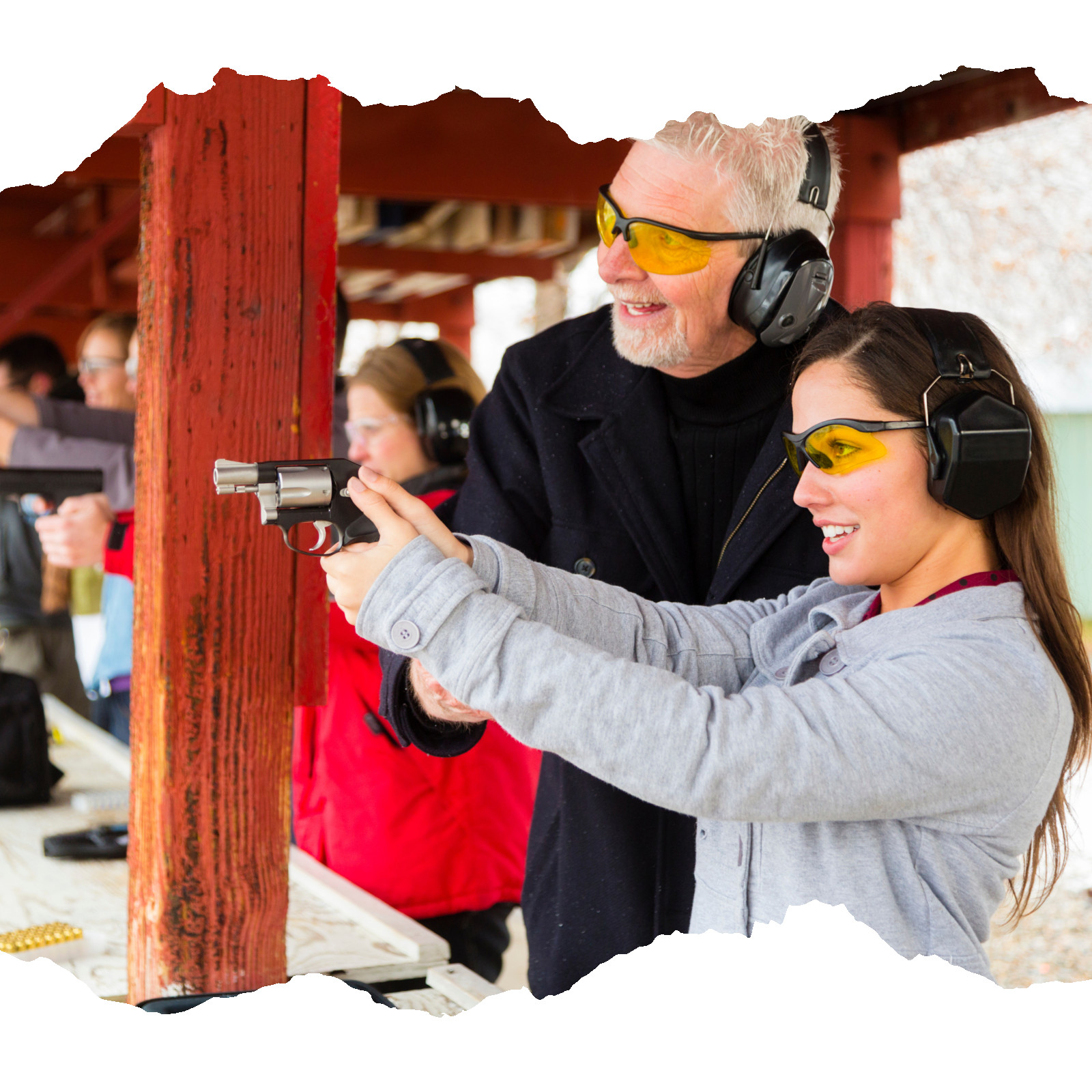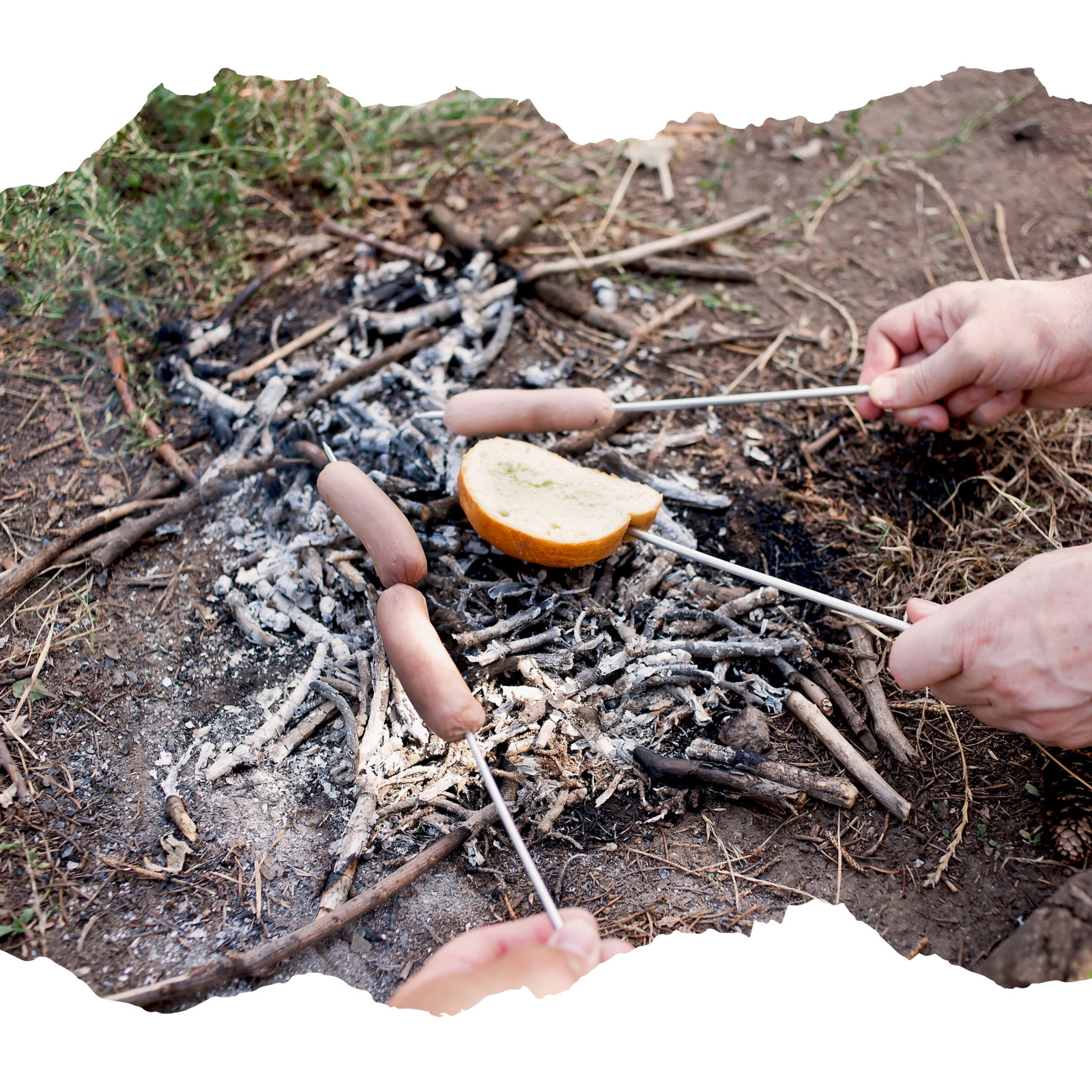
Cooking with Primitive Methods: Rediscover the Art of Outdoor Cooking
Primitive cooking takes us back to simpler times, reigniting our connection with nature and the skills our ancestors relied upon to prepare meals. Whether you're camping in the wilderness, honing your survival skills, or just looking for a way to enjoy the outdoors, learning how to cook without modern tools can be both fun and rewarding. These methods require little more than a fire, raw materials, and some creativity. Let's explore seven tried-and-true primitive cooking techniques you can try on your next adventure.
1. Bread on a Stick
This technique is an old Scouting favorite and super simple! All you need is a stick, some dough, and access to hot coals. Start by finding a sturdy stick about an inch thick, and scrape off its bark. Mix 1 cup of Bisquick with a little water until it forms a thick dough. Roll the dough into a thin snake, then wrap it around the prepared stick. Prop the stick over glowing coals (avoid active flames) and rotate it every few minutes. Before you know it, you'll have a delicious crusty loaf perfect for dipping into soups or eating with butter.
Pro Tip: Keep the dough firm so it sticks to your stick and doesn’t sag or fall into the coals.
2. Rock Oven
A rock oven is perfect for cooking food slowly and evenly. Build up a small oven in your fire pit by using stones to create a back wall and sides, leaving one side open to the fire. Place a flat rock as the “roof.” Lay your food inside and cover it with hot coals for indirect heat.
For a dual-purpose setup, you can use the flat top rock as a griddle while your oven bakes your meal. This method is excellent for baking potatoes, roasting fish, or even preparing small loaves of bread.
Hint: Make sure your rocks are not river rocks—they can explode when heated due to trapped moisture.
3. Reflector Oven
A reflector oven is a clever way to bake if you have no tools. Build a small wall or reflector out of stones or even metal objects placed at an angle to reflect heat from the fire. Position your food between the reflector and the flames so that it gets indirect heat from the fire's warm glow.
This is great for baking biscuits or roasting marshmallows for dessert. The best part? It requires minimal effort and materials.
Pro Tip: Use the same principles to warm larger items by scaling up the size of your reflector.
4. Coal Broiling
Sometimes the simplest method is the most satisfying. With coal broiling, you need nothing more than your food and a bed of hot coals. Once the coals are glowing and free from flames, place a seasoned steak, root vegetable, or slice of fish directly onto the coals. Flip it after a few minutes for even cooking.
Surprisingly, your food won’t taste overly burnt—it’ll have a delicious smoky flavor and be cooked to perfection. Brush off any ash before serving, and it’s good to go!
Pro Tip: Use thicker cuts of meat or hard vegetables for the best results.
5. Spit Roasting
Spit roasting is one of the oldest cooking methods in human history. You’ll need a skewer (like a straight stick) long enough to rest across two supports on either side of your fire. Simply skewer your meat or item (like a small chicken or rabbit) and roast it over the hot coals, rotating it regularly to cook evenly.
This slow-roasting technique creates tender, flavorful dishes that feel incredibly primal and satisfying. Top it off with herbs or spices for added flavor!
Pro Tip: Balance your spit setup to avoid the skewer tipping over or the food falling off.
6. Mud Baking
Here’s a technique that’s as fun as it is effective. Great for fish and vegetables, mud baking uses a natural clay coating to bake food directly in a fire. Start by creating a thick layer of mud. Lay your fish or vegetables on one side, then cover them with a second mud layer, just like a pie crust. Seal the edges and bake it by placing the entire mud pie directly in the hot coals.
Once cooking is done, the mud hardens into a crust that can easily be cracked open, leaving your food juicy and tender inside.
Pro Tip: This technique works like a charm for whole fish with scales, as they peel off neatly with the dried mud.
7. Rock-Boiling
If you don’t have a pot, you can still boil water or cook stews using the rock-boiling method. First, heat several fist-sized rocks in a fire until they’re glowing hot. Place your water and food in a heatproof container, such as a makeshift pouch or a carved-out gourd. Then, carefully add the hot rocks to the container to bring the liquid to a boil. Repeat with new hot rocks as needed until your food is fully cooked.
Bonus Trick: You can also boil in paper bags or cook eggs in orange peels using similar indirect heating methods.
Pro Tip: Never use river rocks—they can retain water that turns into steam and causes them to explode under intense heat.
Give Primitive Cooking a Try
Cooking with primitive methods is more than just a way to make food—it’s an experience. It connects you to the past, challenges your resourcefulness, and offers a deep sense of satisfaction when you pull off a perfectly cooked meal using only the basics.
The next time you’re camping or exploring the great outdoors, try one or more of these methods. Not only will you improve your survival skills, but you’ll also have a great story to share around the fire.
What are you waiting for? Grab some dough, wood, and firewood, and take your outdoor cooking game to the next level! Happy cooking!
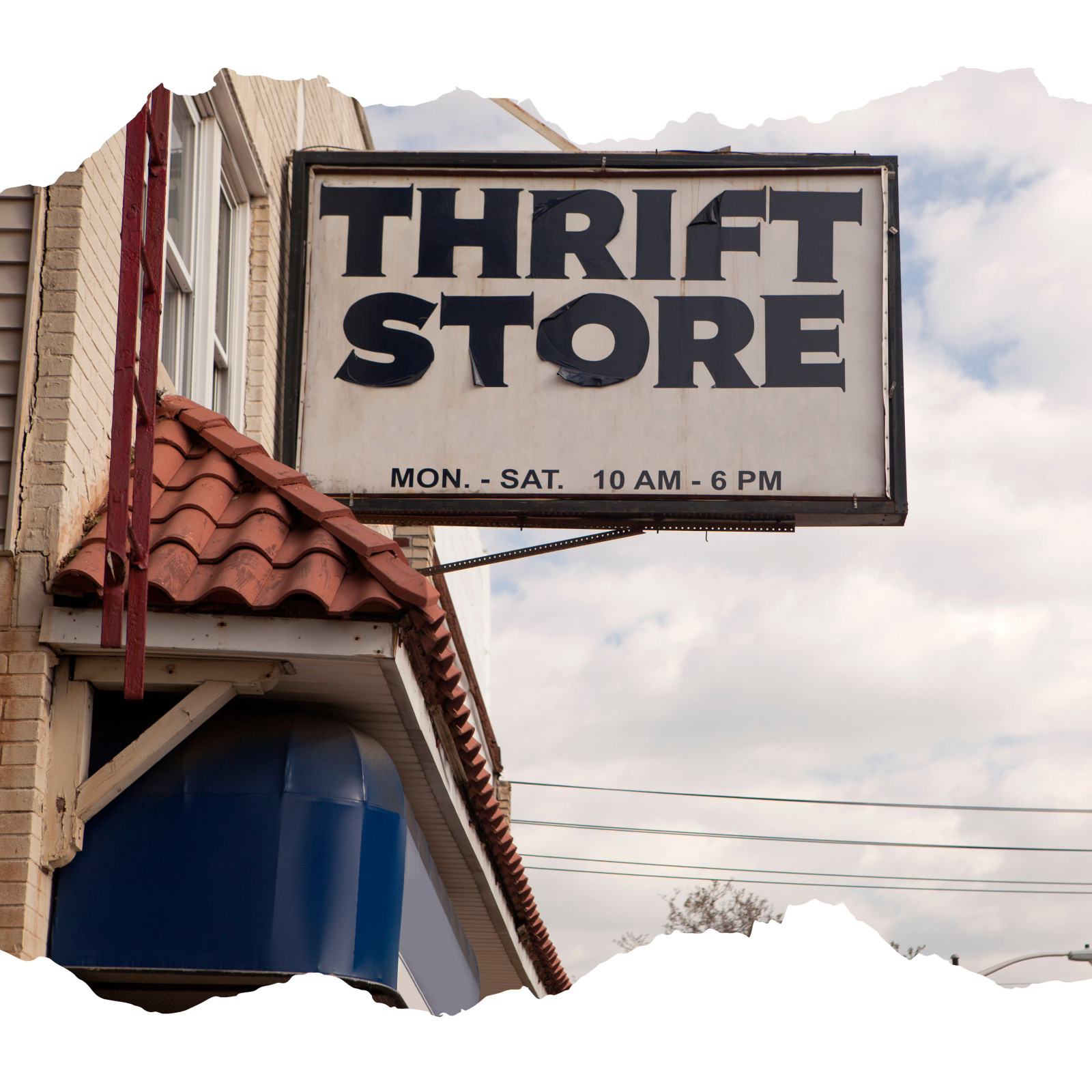
Thrift Store Treasures for Survival Enthusiasts
Once upon a time, surplus stores were a haven for survival enthusiasts. These treasure troves of military gear, clothing, and tools were places where you could rummage for hours, uncovering hidden gems. Unfortunately, these stores are becoming harder to find, and attitudes toward military surplus and prepping have shifted, placing more scrutiny on these hobbies. But fear not—there’s a new lifeline for the budget-conscious gear hunter.
Enter the thrift store.
Thrift stores, often tucked quietly in strip malls or around the corner from the more crowded shopping districts, are a goldmine for anyone looking to piece together a survival kit without draining their wallet. After moving to Alaska, I quickly discovered two things about this incredible state—there are thrift stores everywhere, and coffee shacks at nearly every turn. The thrift shop scene here opened my eyes to a world of low-cost, high-value finds perfect for survivalists, outdoors enthusiasts, or anyone living on a budget.
Why Thrift Stores?
You’d be surprised at the variety of gear you can pick up for mere pennies on the dollar. Some of my most exciting finds have included bags and packs of every shape and size, including ALICE gear (yes, that classic military setup). From weather-ready clothing and boots to tools of all kinds, the shelves and racks almost always have a few hidden gems waiting to be discovered.
Take, for example, kitchenware. Why spend $35 on a specialty bush pot when a quick visit to the pots-and-pans aisle at your local thrift shop reveals perfectly good stainless-steel options for $5-$10? Add a lid, and you’re set for campfire cooking on a budget. Or what about knives? I’ve found stacks of butcher and skinning knives to rival any store-bought alternatives. Vintage Old Hickory knives, sharp and dependable, are practically begging to be taken home and put to good use.
Perhaps you value discretion and prefer to blend in—a must for any “Gray Man” approach. You’ll often find walls of bags in thrift stores, from basic daypacks to larger travel bags, that are both functional and unassuming.
Creative Finds for Savvy Survivors
Thrift stores also reward creativity. One of my favorite discoveries has been old spoons. Why spoons, you ask? With a bit of cutting and shaping, they become excellent fishing lures. For just a few cents, you can create effective tools for food procurement that are functional, unique, and incredibly cheap. Beyond that, I’ve snagged serviceable fishing reels and even break-down rods—perfect for keeping in a truck box for impromptu fishing trips.
Another surprising find is “classic gear.” Wool blankets, canvas bags, and other timeless, durable materials often get donated by those chasing after modern, high-tech alternatives. For those of us who appreciate the reliability of old-school gear, thrift stores offer a second chance to own these treasures.
Your Affordable Gear Shopping Adventure Awaits
You don’t have to break the bank to build your survival gear inventory. Thrift stores are a budget-friendly option full of surprises for the patient and persistent shopper. Next time you feel the itch to go gear shopping, skip the high-priced retail stores and head to your local thrift shop. You never know what you might find while rooting through the racks and shelves, and who knows—you might uncover the exact piece of gear you’ve been looking for at a fraction of the price.
Happy hunting, and may your thrift store adventures bring you treasures galore!

We all need to eat. When we're out practicing our craft and doing it the right way, we don't take a lot of food with us. Just some salt, coffee or tea, maybe a little flour, and a few spices—perhaps a small emergency ration. We take so little because we're intent on living more off the land. If you're out hunting for winter meat, you still need nourishment until you bring down that big buck. That's where small game comes in!
Rabbits, hares, squirrels, grouse, and ptarmigan are pretty plentiful where we live and not too hard to hunt as long as you have a solid understanding of the fundamentals.
Safety
Before we go any further, it's essential to say this: Learn and practice the rules of firearm safety!
Getting Started
You need to know what’s in your area and start learning their habits. Grouse, for example, aren’t the smartest. There can be four or five of them near each other, and they often don't react when the first couple are taken. Rabbits, on the other hand, tend to disappear when Mr. Wolverine is nearby.
What are you using to hunt your small critters? This is pretty important because even an arrow to the body of a squirrel can ruin a lot of meat. I stick with a .22 or maybe a .410 for most everything, always aiming for a headshot. If I have to use a 12-gauge, I go with as light a load as possible and try not to damage the body. Be quick and clean in your kills, and show respect for the animal.
Cleaning/Skinning
Birds and rabbits don’t need a big knife to clean and process. I can even teach you how to gut a rabbit without a blade at all. Be efficient in your work. Don’t puncture organs or innards that will contaminate the meat, and don't waste the hide unnecessarily. Keep the meat clean and as cool as possible in the field until full processing can be done.
Cooking/Preparation
One of the great things about game meat is that it's very lean and healthy. This lack of fat (except in ducks!) can be a downside too. Since there's so little fat on small game and because of its size, you need to be mindful when cooking. Low and slow is the basic rule here—no high-heat fast searing.
Bonuses
Aside from the meal or two you get from your small game, there are bonuses. The hide you expertly peeled from Mr. Bunny can be used to make glove or boot liners, a pouch, or even a nice length of leather cord. The wings and feathers from Ol' Grouse can be used to make trap baits or for flies and lures.
What's your go-to strategy for hunting small game, and do you have any tips or stories from the field to share? I'd love to hear your thoughts in the comments below!
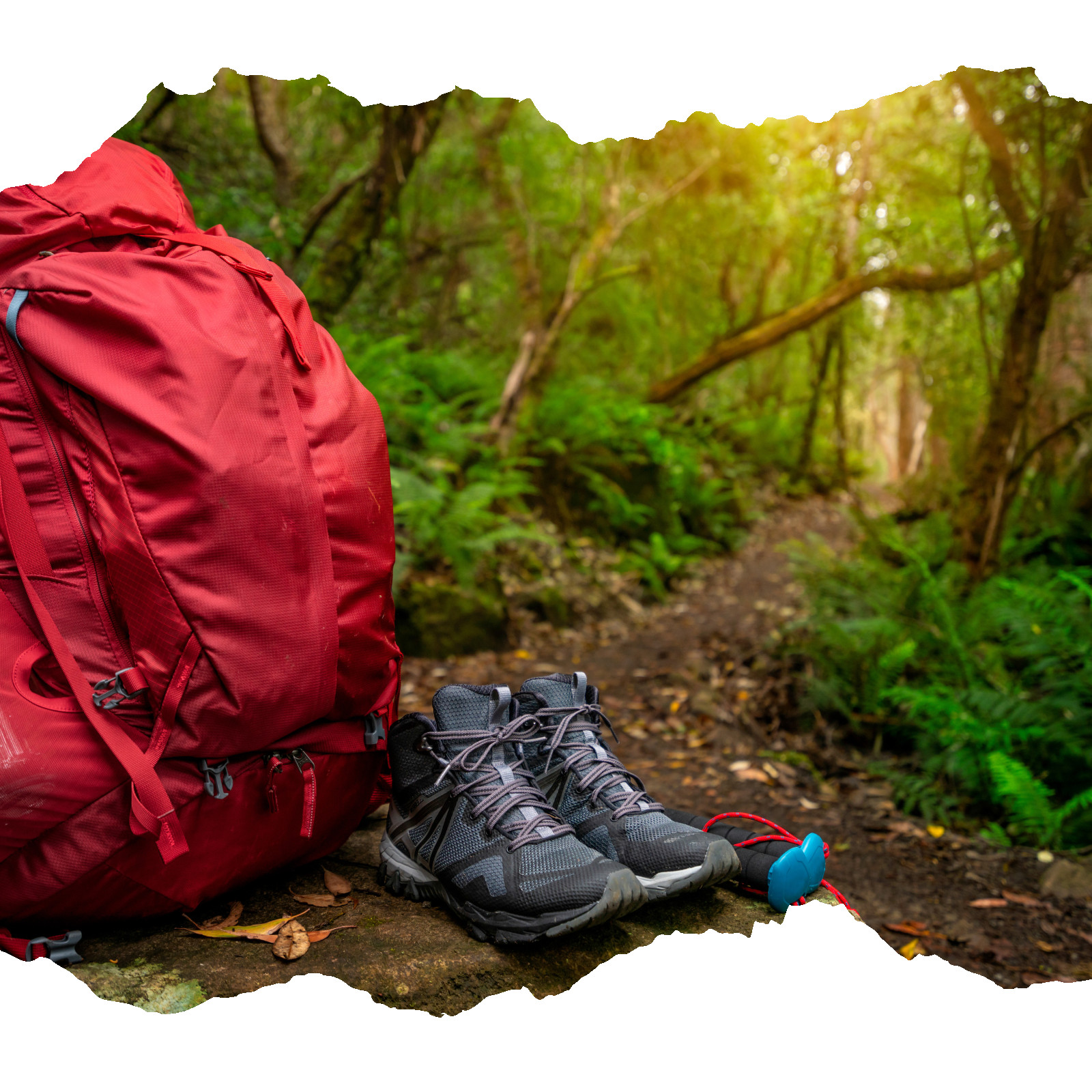
When it comes to bushcraft and prepping, one of the biggest deterrents for many people is cost. But here's the good news—living simply and self-sufficiently doesn’t have to break the bank. With a little creativity and careful shopping, you can create an affordable survival kit loaded with reliable gear.
This guide will walk you through seven budget-friendly items every outdoor enthusiast, prepper, or budget-conscious adventurer should own. You’ll find practical tips, affordable solutions, and even DIY tricks to get the most value from your kit.
1. A Quality Knife – Your Most Important Tool
Your knife is the heart of your outdoor adventures. Historically, fur traders valued their knives above all else because it was the one tool that could help them rebuild everything they lost. The same applies to modern survivalists.
While premium knives can easily skyrocket into triple digits, there are incredible budget options that don’t skimp on quality. Shop around at thrift stores, pawn shops, or even garage sales—you may score an overlooked gem.
For new purchases, brands like Morakniv, Buck, CRKT, and Perkin offer reliable and well-crafted blades that won’t empty your wallet. For example, the Morakniv Companion Knife, often priced under $20, is a go-to for survival enthusiasts for its durability and razor-sharp edge.
2. Fire Kit – Start a Flame Anywhere
Fire is your next survival priority, and you want multiple methods to start one. The Bic style butane lighter is a classic option that’s affordable, readily available, and super reliable—even after it runs out of fuel for creating sparks.
For backup, consider prepping wax-coated or nail polish-covered “strike anywhere” matches. These are easy to waterproof and provide dependable ignition for emergencies.
If you prefer a challenge or traditional methods, a flint and steel kit is a must. You can buy a budget-friendly kit online or DIY your own using scrap steel and flint or chert shards. A ferrocerium rod is another excellent choice. Additionally, keep some waterproof emergency tinder on hand. You can make these at home by soaking makeup removal cotton disks in melted paraffin wax mixed with lighter fluid.
These simple, affordable methods ensure you’ll never be caught without a flame when you need it most.
3. Stainless Steel Water Bottle – Essential Hydration and Versatility
Hydration isn’t just about carrying water—it’s about making sure it’s safe to drink. Alongside your bush pot for boiling water, invest in a stainless steel water bottle with single-wall construction. Why? These bottles allow you to not only carry water but also boil it directly in the bottle to purify it in a pinch.
Need extra functionality? You can even use your steel bottle to create char material for fire starting. Rugged and long-lasting, these bottles are valuable multi-purpose tools. Trust us, this is one investment you won’t regret.
4. Paracord – A Survival All-Rounder
Paracord is a budget-conscious prepper’s best friend. This multi-functional cord serves countless purposes from setting up shelters and fishing lines to repairing gear. For under $10, you can pick up a paracord bundle that will last through countless outdoor adventures.
Look for 550-rated paracord, as it’s strong enough for demanding tasks yet compact enough to fit easily in your kit.
5. Basic First Aid Kit – Prepared for Cuts & Scrapes
You don’t need a fancy first aid setup for survival. Instead, grab a basic first aid kit from any big-box store or assemble one at home. For under $20, you can stock essentials like bandages, antiseptics, tweezers, and pain relievers.
Pack a roll of duct tape and a few safety pins for makeshift fixes. These budget additions can handle anything from patching gear to creating splints in an emergency.
6. Tarp or Emergency Blanket – Shelter on a Dime
Protection from the elements is critical, and it doesn’t need to cost a fortune. Budget tarps or emergency blankets are lightweight, compact, and effective for creating quick shelters or insulating your sleeping area.
Emergency space blankets usually cost less than $10 and work exceptionally well for retaining body heat, while a tarp serves as a versatile cover during heavy rain or snow.
7. Multi-Use Duct Tape – The Fix-It-All Tool
No survival kit is complete without duct tape. It’s the ultimate problem-solver for repairs, crafting tools, or even creating watertight seals. You can wrap a few feet around your water bottle or knife handle for convenience without adding bulk to your pack.
Cost-efficient and incredibly versatile, duct tape is one of the cheapest and most effective tools you’ll own.
Wrapping It Up
Survival is all about resourcefulness, not overspending. Building a functional and reliable survival kit doesn’t require premium gear. By shopping smart, repurposing household items, and investing in inexpensive yet practical tools, you’ll be well-prepared for any adventure without blowing your budget.
Want even more gear advice and prepping insights? Check out my Christmas Wish List for incredible bushcraft gift ideas that blend affordability with functionality! Your ultimate survival kit awaits.
*This post may contain affiliate links. If you make a purchase through these links, I may earn a small commission at no extra cost to you. Thank you for supporting my work!

The holidays are here, and it's the perfect time to gear up or find the ultimate gift for the bushcrafter, prepper, or outdoor enthusiast in your life. Whether you're assembling a family prep kit, treating yourself, or making someone else's Christmas extra special, we've put together a wish list packed with essential gear. From versatile cutting tools to rugged covers, these items will make every wilderness adventure safer and more enjoyable. Click the links to get straight to the gear and check them off your list!
1. Containers
Storing and carrying items efficiently is a must when you're out in the wild. Containers ensure you have a reliable method for collecting items on the trail, carrying water, boiling it, and keeping essential small objects organized.
- Water Bottle: A durable, stainless steel water bottle can double as both a hydration tool and a way to boil water in survival situations. Brands like Nalgene or Klean Kanteen are highly favored.
- Bush Pot: Compact yet capable, a bush pot allows you to cook meals, boil water, or melt snow efficiently. Look for models made from stainless steel or titanium for durability and portability.
- Haversack: A sturdy knapsack is an invaluable companion for carrying your essential gear. Choose one with a weather-resistant design for the best protection.
- Ditty Bags: These small, lightweight bags are perfect for organizing tools, tinder, or food supplies. Bonus points if you opt for waxed canvas for durability!
- Mess Kit: Don’t forget a lightweight, compact mess kit for eating and food prep. Look for kits with stackable compartments to save space.
2. Covers
Protecting yourself from the elements is crucial during any outdoor adventure. Covers provide shelter for sleeping, cooking, and keeping dry in harsh conditions.
- Emergency Blankets: Thin, lightweight, and heat-reflective, these are life-saving essentials that take up almost no space in your pack. Perfect for emergencies.
- Lightweight Tarp: A lightweight tarp is incredibly versatile—use it as a ground cover, shelter, or even as a rainwater collector. Opt for one that's both water-resistant and tear-proof.
- Bushcraft Tarp: For serious bushcrafters, a bushcraft tarp made from high-grade materials like waxed cotton or nylon offers better durability and protection from heavy rain or snow.
- Wool Blend Blanket: Wool is naturally insulating, even if it gets wet. A wool blend blanket combines the best of natural fibers and modern technology for warmth and comfort.
3. Cutting Tools
Cutting tools form the backbone of bushcraft and prepping. From carving to building to preparing food in the wild, these tools cannot be overlooked.
- Knife: Arguably the most essential bushcraft tool, a high-quality knife will handle everything from carving to food prep. Look for full-tang knives with carbon steel blades for strength and versatility.
- Camp Axe: A reliable camp axe is perfect for splitting wood, building shelters, and more. Compact models are ideal for portability without sacrificing functionality.
- Tomahawk/Hiking Axe: Lightweight yet durable, tomahawks are excellent for chopping, hammering, and digging. Find one made from high-carbon steel for long-lasting performance.
- Saw: A folding saw or pocket chainsaw is excellent for cutting through thicker branches, perfect when building shelters or working on projects.
- Multi-tool: This all-in-one gadget is indispensable. With various attachments, such as blades, pliers, and screwdrivers, it rescues you in countless scenarios.
4. Cordage
Modern cordage outperforms traditional fibers, offering an array of strong, lightweight options for building shelters, setting traps, or securing gear.
- 550# Cord: Also known as paracord, this is a must-have in every pack. It's versatile and strong enough for everything from setting up shelters to making emergency slings.
- Bank Line: Tougher than paracord in some applications, this tarred twine is excellent for lashing and crafting.
- Jute Twine: Lightweight and surprisingly strong, jute twine is also perfect for use as a fire starter when frayed.
- Snare Wire: Essential for building snares or repairing gear, this is a lightweight addition you’ll be glad to have when food or tools need attention.
5. Combustion/Candling
A fire can mean the difference between life and death outdoors. A good fire setup offers warmth, cooking capabilities, and even safety from wildlife.
- Ferro Rod: Spark a fire in any condition with this reliable tool. Ferro rods are long-lasting and work in wind, rain, or snow.
- Storm Matches: Waterproof and windproof, storm matches make an excellent backup fire-starting option. Keep them in a sealed container to ensure they stay dry.
- Flint & Steel: The classic combination for traditionalists, flint and steel never run out of fuel. Perfect for the bushcrafter who values skill.
- Lens: A magnifying lens provides a renewable, lightweight fire-starting method. On sunny days, it's a lifesaver.
- Candles: Compact and multifunctional, candles provide immediate light, heat, and a way to extend the burn time of fire-starting materials.
- Fire Extenders: Materials like char cloth and petroleum jelly-coated cotton balls are lightweight and extremely effective for starting and maintaining fires in damp conditions.
Merry Christmas and Happy Bushcrafting!
I hope this list has inspired you to gear up for the wild or surprise the bushcrafter in your life with the perfect gift. Each item on this list is more than just gear—it's a tool for survival and adventure.
This holiday season, invest in top-notch bushcraft essentials that will make every trip into the wild more enjoyable, reliable, and safe. Gear up today and make this Christmas unforgettable!
*This post may contain affiliate links. If you make a purchase through these links, I may earn a small commission at no extra cost to you. Thank you for supporting my work!


